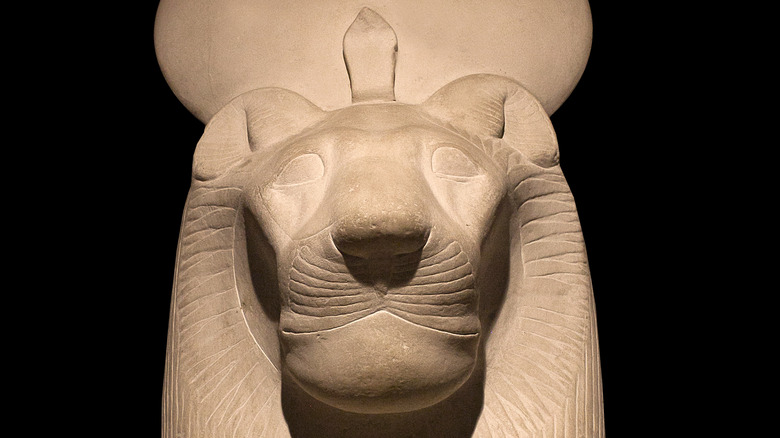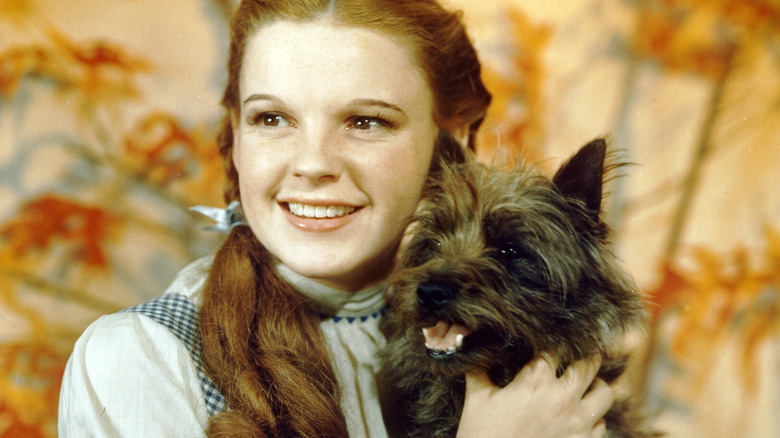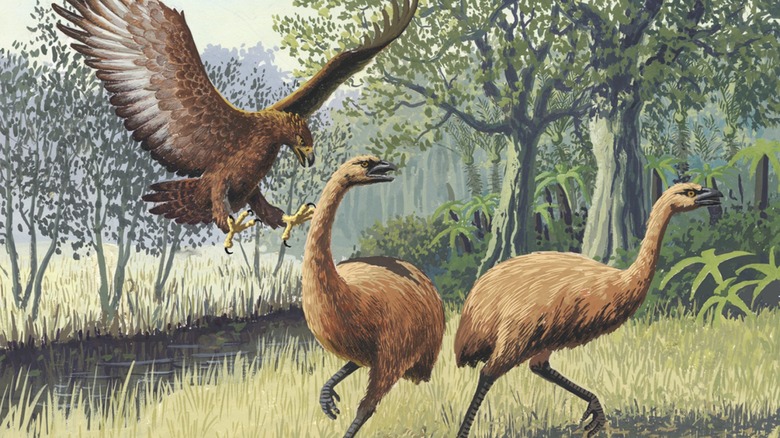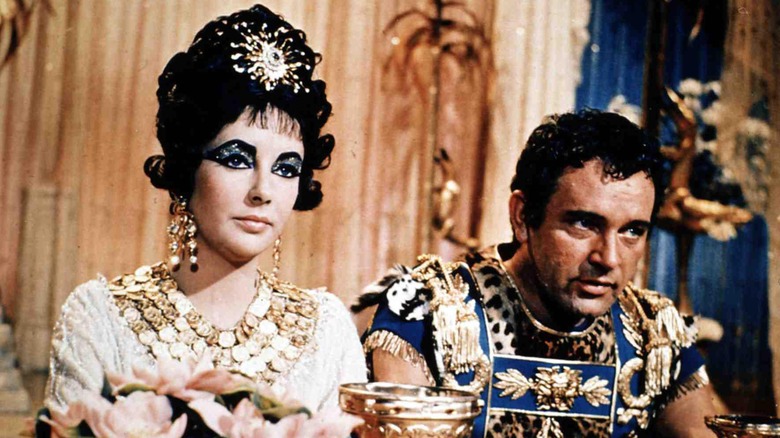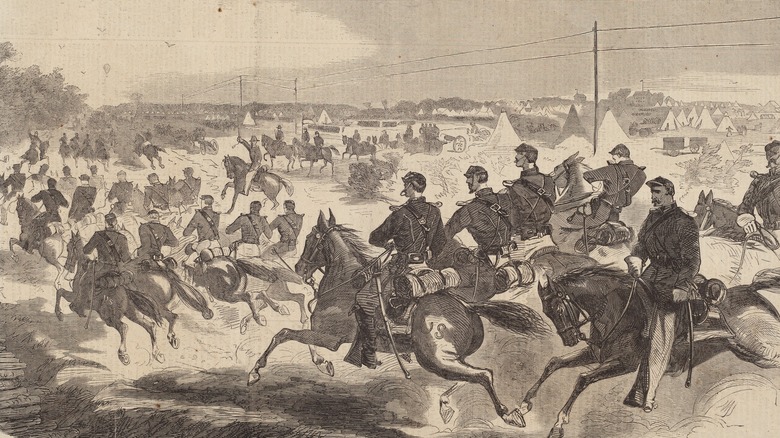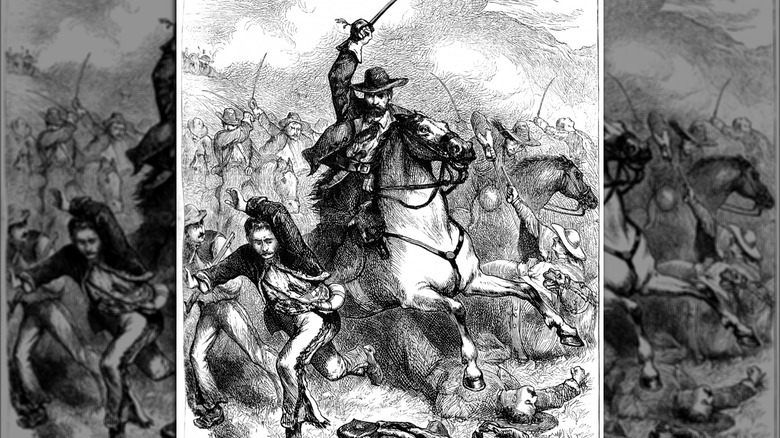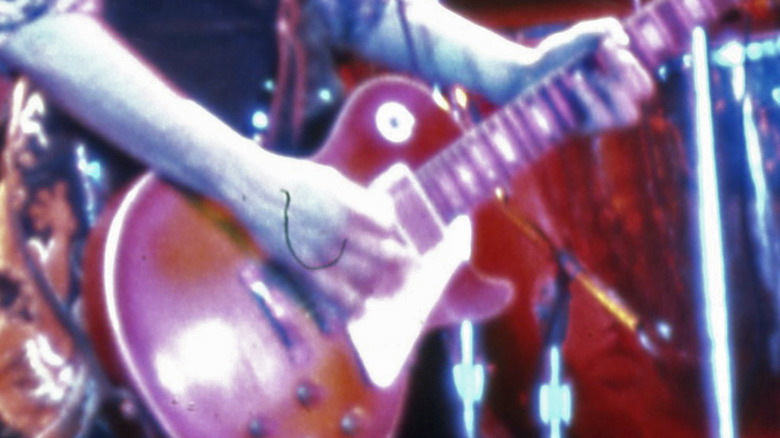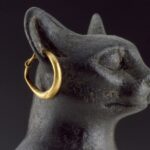
The Truth About The Large Festival Held In Bastet’s Honor
Bastet, also known as Bast, was the cat-goddess worshipped in ancient Egypt. Per the World History Encyclopedia, her realms were the home, domesticity, women’s secrets, cats, fertility, and childbirth. She was thought to protect people, particularly women and children, from evil and spirits and disease. Bastet was a popular figure from the Second Dynasty of Egypt (circa 2890-2670 B.C.) onward; she was first depicted as an avenging figure with the head of a lioness, but as time went on she was seen more as a protector, and the iconography associated with her softened, often depicting her as a housecat.
Bastet’s cult was centered in a temple in the city of Bubastis. Bubastis became one of the richest cities of ancient Egypt, and people came from across the land to worship Bastet and have their beloved cats who had died interred there. In 2010, as reported by the BBC, archaeologists found a 2,000-year-old temple in Alexandria, Egypt, that contained many statues of Bastet, proving that the later Greek-speaking Ptolemaic dynasty that ruled Eqypt from 305-30 B.C. continued worshiping ancient animal deities. In the case of Bastet, it’s thought that she was resurrected as the equivalent of the Greek deity Artemis and worshiped as a moon goddess.
In ancient Egypt, according to the World History Encyclopedia, people held festivals throughout the year to honor their gods and goddesses and gather together to celebrate, give thanks, and ask for favors and continued protection.
Bastet's festival was particularly popular and beloved among Egyptians
Ancient Greek historian Herodotus traveled to Egypt and recorded his observations as he made his way throughout the land. As reported by The Historian’s Hut, Herodotus witnessed a Bastet festival. His description of the revelry surrounding the festival reads as similar to that of a modern Mardi Gras or Carnival celebration. He wrote of people sailing into Bubastis on barges and boats, singing, playing music, making noise with rattles and castanets, and shouting back and forth with people on the shore. Women in particular were observed shouting at each other and exchanging what is usually translated as “abuse,” and some women lifted their skirts, revealing they were naked under them.
According to the World History Encyclopedia, the women’s nudity represented both fertility as well as freedom from societal rules, inhibitions, and expectations during the festival, while the “abuse” was intended to encourage women to take a break from their daily tasks and routines and join the party. Hundreds of thousands of people arrived at Bubastis to drink copious amounts of wine, dance, and celebrate. Herodotus described the festival of Bastet as the most elaborate of all the Egyptian festivals. According to the American Research Center in Egypt, the hedonism displayed at the Bastet festival served a purpose other than just ignoring usual expectations and having fun. Egyptians believed that dropping social norms and engaging in such behavior during festivals pleased their female goddesses, including Sekhmet, Mut, and Hathor, as well as Bastet.

How Carl Jung Helped Inspire Alcoholics Anonymous

The Truth About John Hinckley Jr.'s Obsession With Jodie Foster

The Truth Behind The Emperor's New Groove

Here's How Babe Ruth Would've Looked In Color
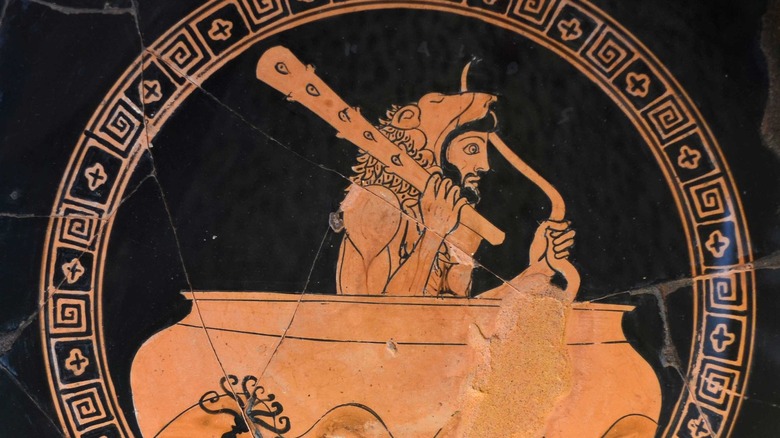
The Mythology Of Herakles Explained

What You Should Know About Betrayal At Attica's Elizabeth Fink

This Is How Dangerous Botox Really Is
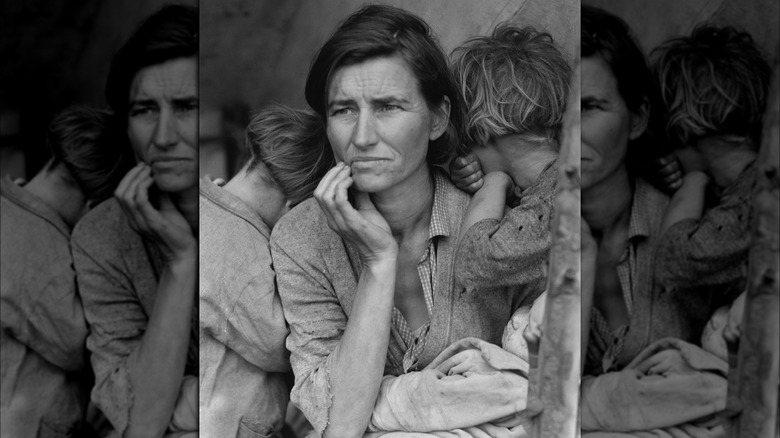
The Truth Behind The Migrant Mother Photographer

The Wild And Deadly True Story Of The 1755 Lisbon Earthquake

The Tragic Death Of Groucho Marx
